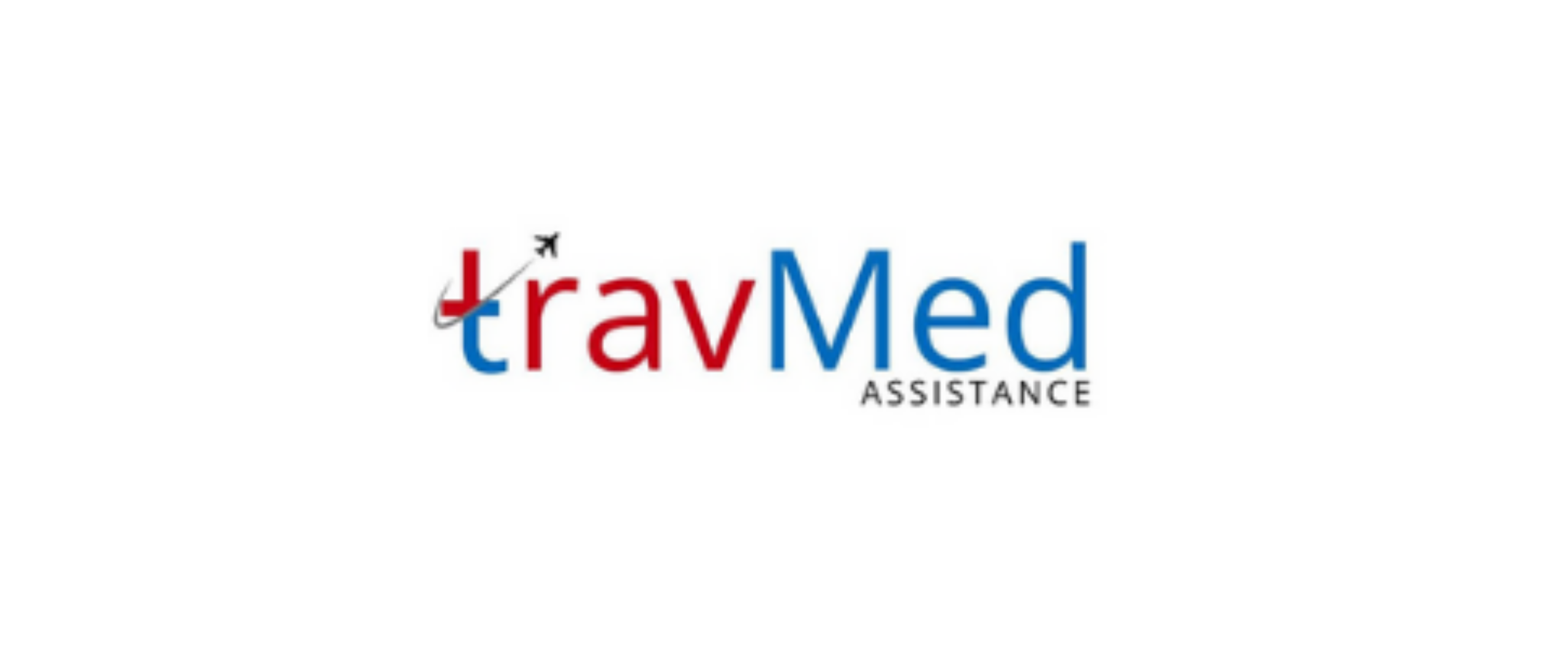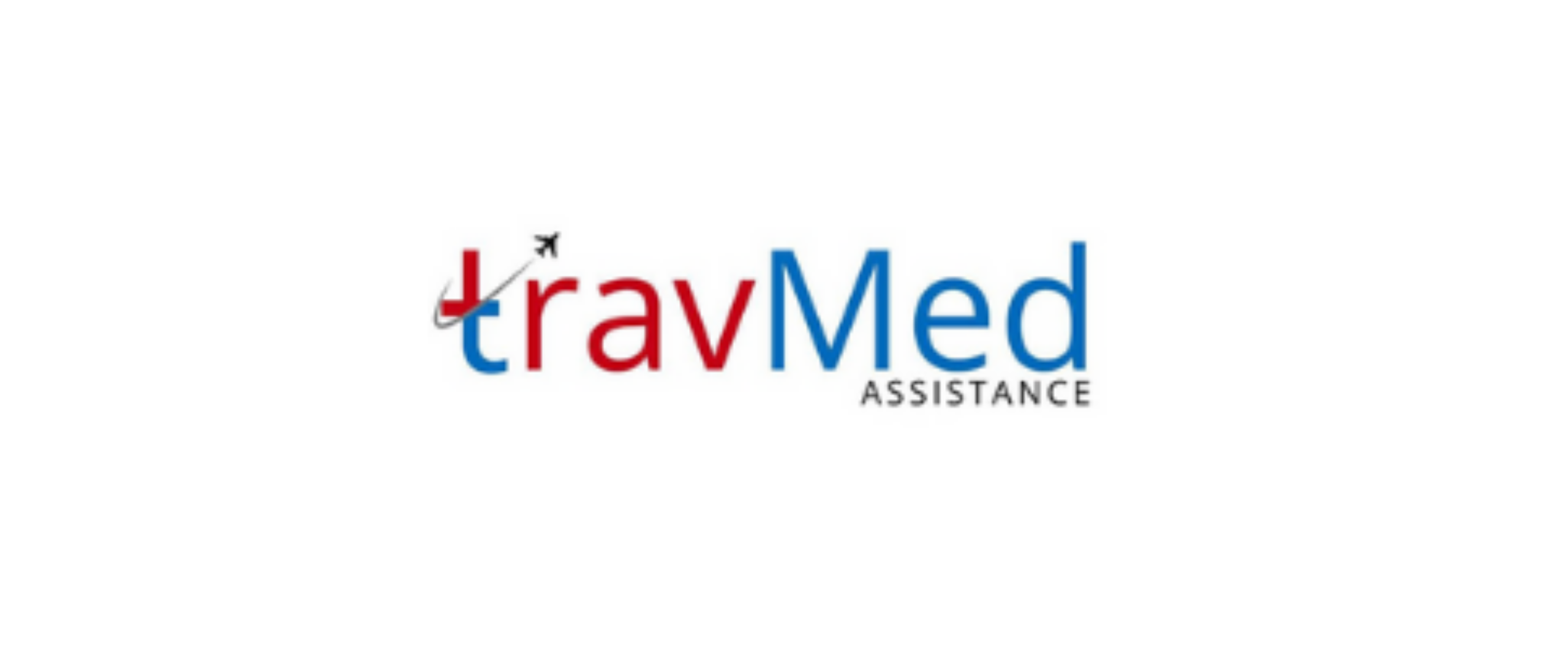
Commercial stretcher services in Nepal provide specialized medical transportation for patients who require a lying down position during travel. These services cater to individuals with limited mobility, severe injuries, or medical conditions that prevent them from sitting upright during flights or other modes of transport. Stretcher services involve installing a medical-grade stretcher on commercial aircraft, allowing patients to travel safely and comfortably while receiving necessary medical care. In Nepal, these services are essential for both domestic and international medical evacuations, ensuring patients can access appropriate healthcare facilities when local options are insufficient.
Who provides stretcher services in Nepal?
In Nepal, several organizations offer commercial stretcher services:
- Travmed Assistance
- Nepal Ambulance Service
- International SOS Nepal
- Global Rescue Nepal
- Fishtail Air
- Simrik Air
- Yeti Airlines
- Buddha Air
These providers collaborate with airlines, hospitals, and medical professionals to facilitate safe patient transport. Many of these companies also offer additional medical assistance services, including air ambulances and ground transportation. The availability of multiple service providers ensures that patients have options when seeking stretcher services in Nepal.
How do stretcher services work?
Commercial stretcher services in Nepal operate through a systematic process:
- Initial assessment: Medical professionals evaluate the patient’s condition to determine if stretcher transport is necessary.
- Flight booking: The service provider coordinates with airlines to reserve space for the stretcher installation.
- Stretcher installation: Trained technicians set up the medical-grade stretcher on the aircraft, ensuring it meets safety standards.
- Medical escort arrangement: A qualified medical professional accompanies the patient throughout the journey.
- Ground transportation: Ambulances are arranged for transport to and from the airports.
- In-flight care: The medical escort monitors the patient’s condition and provides necessary care during the flight.
- Arrival coordination: The service provider arranges for medical reception at the destination airport and transfer to the receiving healthcare facility.
This comprehensive approach ensures seamless and safe patient transport from origin to destination.
What documents are required for these services?
To utilize commercial stretcher services in Nepal, patients must provide several documents:
- Valid passport and visa (for international travel)
- Medical reports and history
- Fit-to-fly certificate from a licensed physician
- MEDIF (Medical Information Form) completed by the treating doctor
- FREMEC (Frequent Traveler’s Medical Card) if applicable
- Consent forms for medical transport
- Insurance documentation (if coverage is available)
- Power of attorney (in case the patient is unable to make decisions)
- Advance directives or living will (if available)
- Customs declarations for any medical equipment or medications
Service providers in Nepal assist patients and their families in obtaining and organizing these documents to ensure a smooth transport process.
How much do stretcher services cost in Nepal?
The cost of commercial stretcher services in Nepal varies depending on several factors:
- Distance of travel
- Domestic or international flight
- Type of aircraft
- Level of medical care required
- Additional services (e.g., ground ambulance, medical escort)
- Urgency of the transport
For domestic flights within Nepal, stretcher services may cost between $1,000 to $3,000 USD. International stretcher services from Nepal to neighboring countries can range from $5,000 to $15,000 USD, while long-haul international flights may cost $20,000 to $50,000 USD or more. These prices are estimates and can fluctuate based on current market conditions and specific patient needs. It’s advisable to contact multiple service providers for accurate quotes tailored to individual circumstances.
Are services available for international patients?
Commercial stretcher services in Nepal are indeed available for international patients. These services cater to both inbound and outbound international medical transport needs. For inbound patients, stretcher services facilitate the transfer of foreign nationals requiring medical evacuation to Nepal for treatment or repatriation. Outbound services assist international patients in Nepal who need to return to their home countries or travel to other destinations for specialized medical care. Service providers in Nepal coordinate with international airlines, foreign hospitals, and global assistance companies to ensure seamless cross-border patient transport. They also handle necessary documentation, including international medical clearances and customs requirements, to facilitate smooth international transfers.
How long does the process take?
The duration of the commercial stretcher service process in Nepal can vary depending on several factors:
- Patient assessment: 1-2 days
- Flight availability: 1-3 days for domestic, 3-7 days for international
- Document preparation: 2-4 days
- Stretcher installation: 4-6 hours before flight
- Actual flight time: Varies by destination
- Ground transfers: 1-3 hours at each end
For urgent cases, providers can expedite the process, potentially arranging domestic transfers within 24-48 hours. International transfers typically require a minimum of 3-5 days for preparation. Complex cases or destinations with limited flight options may extend the timeline. Service providers in Nepal work diligently to minimize delays while ensuring all necessary medical and logistical arrangements are in place for safe patient transport.
Can family accompany during stretcher transport?
Family members can indeed accompany patients during commercial stretcher transport in Nepal, subject to certain conditions:
- Airlines typically allow one companion to sit adjacent to the stretcher
- Additional family members can book regular seats on the same flight
- Companions must be physically able to assist in case of emergency
- For international flights, family members need valid passports and visas
- Some airlines may require medical clearance for companions
- Family members are responsible for their own travel expenses
- In-flight medical care focuses solely on the patient, not accompanying family
Service providers in Nepal assist in coordinating travel arrangements for family members, ensuring they can support their loved ones throughout the journey. The presence of family can provide emotional comfort to patients during transport, contributing to a more positive experience.
How reliable are service providers in Nepal?
Service providers offering commercial stretcher services in Nepal demonstrate a high level of reliability:
- Most providers have years of experience in medical transport
- They adhere to international standards for air medical transport
- Regular training programs ensure staff competency
- Providers maintain partnerships with reputable airlines and hospitals
- Many companies hold accreditations from international medical transport associations
- 24/7 operations centers enable quick response to emergencies
- Providers often have backup plans for equipment or flight issues
- Patient feedback and success stories attest to service quality
- Transparent communication throughout the transport process
While the reliability of individual providers may vary, the overall standard of stretcher services in Nepal is generally high. Patients and families are encouraged to research and compare different providers, considering factors such as experience, accreditations, and customer reviews to ensure they choose a reliable service for their medical transport needs.
Are services available 24/7 in Nepal?
Commercial stretcher services in Nepal operate on a 24/7 basis to meet urgent medical transport needs:
- Emergency hotlines are staffed round-the-clock
- Medical coordination teams work in shifts to ensure continuous coverage
- Flight operations are planned to accommodate night-time emergencies
- Ground ambulance services are available at all hours
- Providers maintain on-call medical staff for immediate deployment
- 24/7 services extend to both domestic and international transports
- Weekend and holiday coverage is standard practice
- Real-time flight tracking enables constant monitoring of patient transports
- Service providers coordinate with 24-hour airport operations for urgent cases
- Continuous communication channels are maintained with partnering hospitals
This 24/7 availability ensures that patients in Nepal can access stretcher services whenever the need arises, minimizing delays in critical medical transports and potentially improving patient outcomes.
How do I access stretcher services?
To access commercial stretcher services in Nepal, follow these steps:
- Contact a reputable service provider directly or through a hospital
- Provide patient details and medical condition
- Request a quote and service outline
- Submit required medical documents for assessment
- Agree on transport details and costs
- Complete necessary paperwork and consent forms
- Coordinate with the provider for pickup and travel arrangements
- Prepare the patient and any accompanying family members
- Follow provider instructions for the day of transport
- Maintain communication with the service team throughout the journey
Many providers offer online inquiry forms or 24/7 hotlines for easy access. Hospitals in Nepal can also initiate the process on behalf of patients. For international patients, travel insurance companies or global assistance providers can facilitate access to local stretcher services in Nepal.
How is patient safety ensured during transport?
Patient safety is a top priority in commercial stretcher services in Nepal, ensured through multiple measures:
- Thorough pre-flight medical assessments
- Use of certified medical-grade stretchers and equipment
- Presence of qualified medical escorts throughout the journey
- Continuous monitoring of vital signs during transport
- Access to emergency medical supplies and equipment on board
- Coordination with flight crew for in-flight medical emergencies
- Strict hygiene and infection control protocols
- Secure patient transfer procedures during loading and unloading
- Regular maintenance and safety checks of all transport equipment
- Comprehensive insurance coverage for medical transports
- Detailed handover procedures between medical teams
- Post-transport follow-ups to ensure patient well-being
Service providers in Nepal adhere to international air medical transport standards, implementing rigorous safety protocols to minimize risks and ensure the highest level of patient care throughout the transport process.


